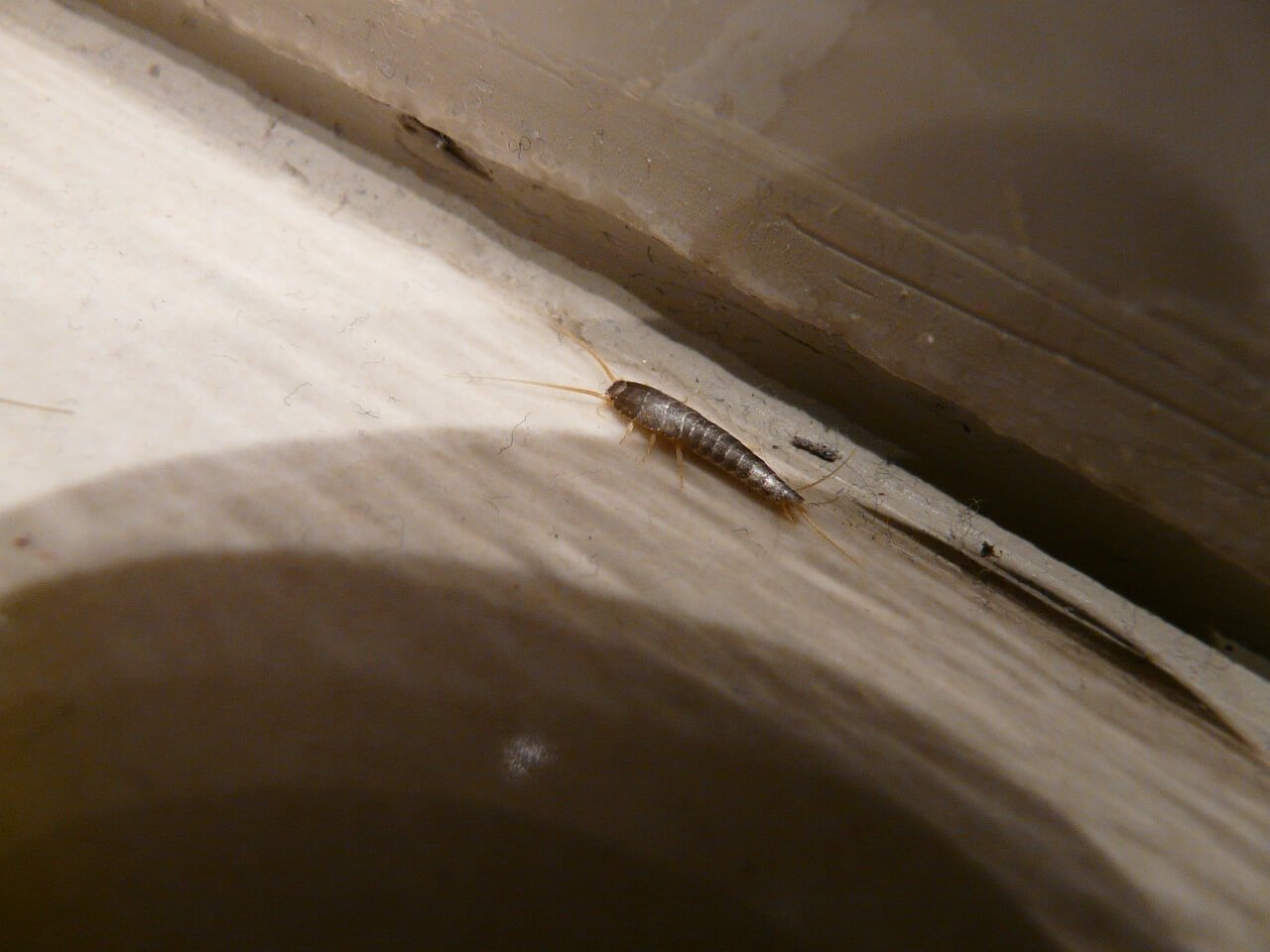
Comprehensive Guide to Getting Rid of Silverfish in Your House
Silverfish (Lepisma saccharinum) are small, wingless insects known for their silvery-gray appearance and fish-like movement. They thrive in warm, humid environments and can cause damage to household items, especially paper and fabric. Here’s a detailed guide on how to identify, prevent, and eliminate silverfish infestations in your home.
1. Identifying Silverfish
Physical Characteristics:
- Size: Approximately 0.5 to 1 inch long.
- Color: Silvery-gray with a metallic sheen.
- Body Shape: Tear-drop or elongated shape with long antennae.
- Movement: Quick, wiggling movements that resemble fish swimming.
Signs of Infestation:
- Droppings: Small, black, pepper-like feces.
- Damaged Items: Chewed holes in paper, cardboard, or fabric.
- Yellowish stains: Left on items they have consumed.
2. Inspecting Your Home
Common Hiding Spots:
- Basements: High humidity levels.
- Bathrooms: Moist environments.
- Kitchens: Food sources.
- Attics: Warm and dark areas.
- Behind appliances: Like refrigerators and stoves.
Inspection Tips:
- Use a flashlight to inspect dark corners and hidden areas.
- Look for signs of damage on books, wallpaper, and clothing.
3. Reducing Humidity Levels
Silverfish thrive in moist environments. Reducing humidity can help deter them.
- Use Dehumidifiers: Place them in basements, bathrooms, and kitchens.
- Ventilation: Open windows and use fans to improve airflow.
- Fix Leaks: Repair any plumbing issues or leaks promptly.
- Dry Clothes Promptly: Avoid leaving wet clothes in the laundry.
4. Cleaning and Decluttering
- Regular Cleaning: Vacuum floors, carpets, and furniture regularly to remove food debris and potential eggs.
- Declutter: Reduce clutter in basements, attics, and storage areas to minimize hiding places.
- Store Properly: Use airtight containers for food, paper, and fabric to prevent access.
5. Natural Remedies
If you prefer a chemical-free approach, consider these natural remedies:
- Diatomaceous Earth: Sprinkle food-grade diatomaceous earth in areas where you’ve seen silverfish. This natural insecticide will dehydrate and kill them.
- Essential Oils: Mix water with essential oils like cedarwood, lavender, or citrus oils and spray in affected areas to repel silverfish.
- Boric Acid: This natural insecticide can be sprinkled in small amounts in hiding spots. It is toxic if ingested, so keep it away from children and pets.
6. Chemical Treatments
If natural methods fail, consider chemical treatments:
- Insecticides: Look for silverfish-specific insecticides available at hardware stores. Follow label instructions carefully.
- Pest Control Services: If the infestation is severe, hiring a professional pest control service may be necessary for effective eradication.
7. Preventing Future Infestations
Ongoing Prevention Strategies:
- Seal Cracks and Gaps: Inspect and seal any cracks in walls, doors, and windows to prevent entry.
- Regular Inspections: Conduct periodic checks in humid areas to catch any early signs of silverfish.
- Avoid Excessive Moisture: Use exhaust fans in kitchens and bathrooms to reduce humidity.
- Maintain a Clean Home: Continue regular cleaning and decluttering to eliminate potential food sources and hiding spots.
Conclusion
By following this comprehensive guide, you can effectively get rid of silverfish in your home and prevent future infestations. Regular maintenance, cleanliness, and the appropriate use of natural or chemical treatments will help keep your living space free of these unwanted pests. If you find that the infestation persists despite your efforts, don’t hesitate to seek professional pest control assistance for more targeted solutions.